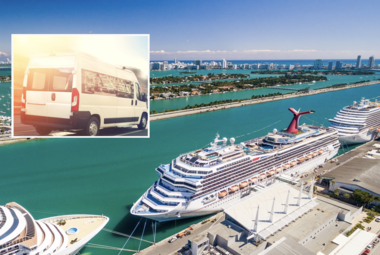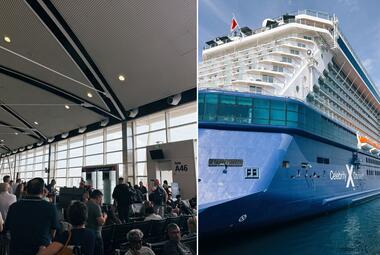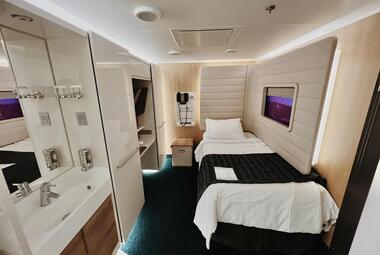Planning a cruise differs from other international vacations. Rather than worrying about booking multiple hotels, arranging transportation between cities, and planning daily itineraries, those embarking on a cruise enjoy the convenience of unpacking once, as their floating hotel will transport them to different destinations.
Additionally, not every cruise requires passengers to have a valid passport. If, for instance, you're a U.S. citizen sailing on a roundtrip cruise to The Bahamas from Florida, a government-issued photo ID and a certified copy of your birth certificate will suffice.
On the other hand, if you're cruising on a one-way sailing from Whittier, Alaska to Vancouver, Canada, or departing from an international port of call, you'll want to ensure that everyone in your travel party has a valid passport. In other words, the answer to whether you need a passport to take a cruise varies.
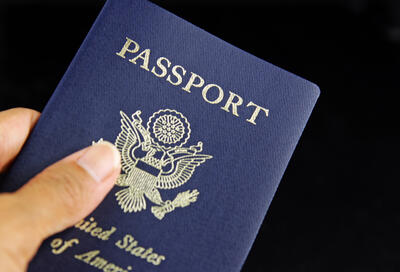
Interested in taking a cruise but unsure whether your specific sailing requires a passport or not? In this guide, we'll explore how to determine if you need a passport for your cruise and tips for smooth sailing.
U.S. citizens do not need a passport to sail on a "closed-loop" voyage
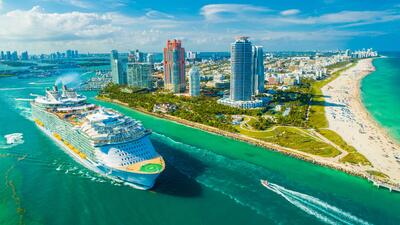
If you don't have a passport but need a last-minute getaway, you aren't out of luck. Though you won't be able to cruise through the dramatic fjords of Alaska or embark on a culturally rich voyage through the Mediterranean, U.S. citizens can cruise without a passport on roundtrip sailings that begin and end in the same United States port, such as Miami, Fort Lauderdale, Los Angeles, Boston, New York, Galveston, and Mobile.
Moreover, since San Juan and St. Thomas are U.S. territories, you won't need a passport for sailings that depart from either island. San Juan is a hub for many port-intensive voyages to the Southern Caribbean, visiting islands like St. Croix, Antigua, St. Lucia, and more, while most cruises from Florida and Texas sail to the Eastern and Western Caribbean.
Roundtrip sailings from the U.S. typically sail to Canada/New England, Alaska, Bermuda, The Bahamas, Caribbean, and even Mexican Riveria, meaning you won't have a shortage of destinations to select from. Plus, popular cruise lines like Royal Caribbean, Carnival, Norwegian, MSC Cruises, and Disney Cruise Line all offer closed-loop sailings, so you can pick which line best aligns with your preferences and budget.

In addition to departing from and returning to the same U.S. port, closed-loop sailings require foreign-flagged vessels to make a stop in a foreign country, as mandated by the Passenger Vessel Services Act (AKA the Jones Act).
In lieu of a passport on closed-loop cruises, U.S. Customs and Border Protection requires that guests have valid proof of citizenship, including a state-issued birth certificate, and a government-issued ID, such as a driver's license. Enhanced Driver's Licenses (EDL) work, too; however, they're only accepted at land and sea border crossings, so you cannot use them for international travel to Europe, Asia, the South Pacific, etc.
Similarly, passport cards can be used, as they're a photo ID issued by the government proving your citizenship, permitting border crossings by land and sea from Canada, Mexico, the Caribbean, and Bermuda. Like EDLs, though, they cannot be used for air travel, which is why they're cheaper than standard passports. Of course, if you have a valid passport, you're encouraged to bring it, as it is always safer to cruise with one.

Parents taking their children 16 or younger on a closed-loop cruise are permitted to sail without passports. They'll need a certified copy of their original birth certificate; however, no photo ID is necessary. If your child has a passport, be sure to check their expiration dates, as children's passports are only valid for five years, as opposed to ten years for adults.
Of note: some Caribbean countries require passengers to have a passport, so even if it's a closed-loop cruise, it is wise to verify each country's entry requirements on the itinerary. Guadeloupe, Barbados, Martinique, and St. Barts, for example, all require a passport, even if you're only visiting for a few hours on a cruise.
Moreover, these exemptions only apply to closed-loop sailings from U.S. ports of call. If your sailing departs from and returns to port like Sydney, Australia or Southampton, England, you will need a valid passport to board.
If you're a U.S. citizen going on a way-one cruise, you need a passport to board the ship

Cruise itineraries come in all shapes and sizes. You can find anything from a 3-night cruise to The Bahamas from Miami to a 20+-night cruise exploring the nooks and crannies of The Caribbean, Europe, or Africa. Though passports aren't a requirement for passengers on a roundtrip sailing from the U.S., if your embarkation and disembarkation ports are different, your birth certificate and government-issued I.D. will not be enough documentation.
Examples of one-way, or open-jaw, cruises include Panama Canal sailings that begin in Miami and end in Los Angeles, repositioning voyages that start in Boston and conclude in San Juan, and cruises that start in Fort Lauderdale and disembark in New York, amongst others.
While all embarkation and disembarkation ports are either on the continental United States or are a U.S. territory, you cannot board one of these sailings without a valid passport.
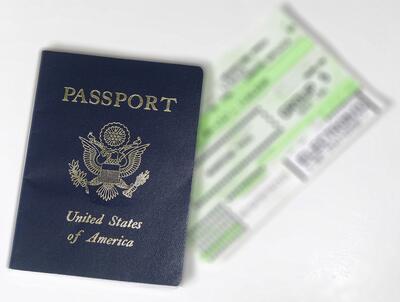
Moreover, U.S. citizens flying internationally to their cruise port, such as Vancouver, Canada; Barcelona, Spain; Civitavecchia (Rome), Italy; Southampton (London), England; Sydney, Australia; or Singapore, Singapore must ensure that their passport is up-to-date, meaning that the expiration date should be at least six months past your cruise date.
All international passengers arriving in the United States will need a passport, whether you're a British, Australian, Italian, or Chinese citizen. It doesn't matter if it's a roundtrip or one-way cruise, either.
Passports are also mandatory for all travel party members in situations where minors are accompanied by a single adult aged 21 or older on Princess Cruises and Holland America Line. The same policy isn't in place on other lines, including Royal Caribbean, Disney, and Carnival Cruise Line.
Select cruise lines require all passengers to have a valid passport, even if cruising on a roundtrip itinerary
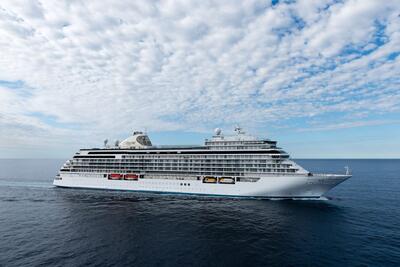
Luxury cruise lines, including Regent Seven Seas, Windstar Cruises, Seabourn, Silversea Cruises, and Azamara, do not have any documentation exceptions, regardless of whether you're sailing on a closed-loop cruise from Miami or New York. Instead, all passengers must have a valid passport.
As these cater to a more sophisticated group of travelers, most families will look to sail on lines like Royal Caribbean, Norwegian, and MSC Cruises which have ships beaming with adrenaline-pumping activities.
Even if your cruise doesn't require a passport, it might be necessary on certain excursions

Let's say you're embarking on a roundtrip 7-night Alaska cruise from Seattle looking forward to riding along the infamous White Pass & Yukon Route Railway while in Skagway. Though your ship will technically be docked in the United States, the Yukon Route passes into British Columbia, Canada.
If you only visit the Summit, you won't need a passport, as you won't disembark the train and go through customs; however, if you go further than the 3.5-hour roundtrip journey, you'll have to bring your passport off the ship with you.
Even if you're just going snorkeling in Mexico or learning about ancient European history at the Vatican, you will need an official photo ID when you leave the ship. Some cruisers like to take a photocopy of their passport, in addition to their driver's license, as a precautionary measure.
While not every itinerary requires guests to have a valid passport, cruise lines recommend that every passenger have one when traveling
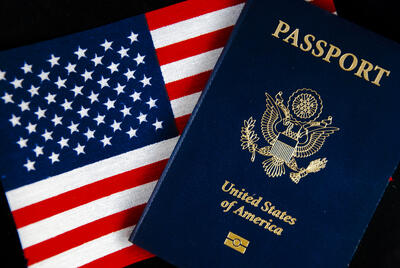
A medical emergency could force you to disembark the cruise prematurely. Moreover, those who book an excursion through an independent operator risk being left behind by the ship if something goes astray and they miss the all-aboard time. Either way, if you're stuck in a foreign country, you will need a passport to return home.
Those who cruise without a passport and find themselves stranded will have to locate the nearest U.S. embassy or consulate to request an emergency passport. While you can typically get a limited-validity passport issued within a day, the process can be stressful.
If you have yet to apply for a passport, there's no better time than the present. According to the U.S. Department of State, the routine processing time for a passport is 6-8, though you can pay $60 to expedite it to increase the processing time to 2-3 weeks.
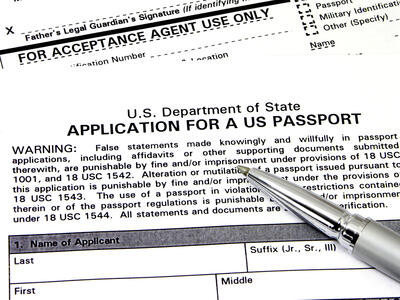
Note that the processing time isn't the entire time it takes to receive the passport after applying, as it can take up to two weeks for applications to arrive at a passport agency or center, as well as two weeks for applicants to receive their passport once it has been printed.
As adult passports are valid for ten years, $165 (plus around $17 for your photo) isn't a significant expense considering the convenience and security it offers.
Additionally, having a valid passport opens up the doors for spontaneous travel. Perhaps, for instance, you found an amazing last-minute deal on a Mediterranean cruise. Had you banked on traveling with your birth certificate and driver's license, you would have to pass on the opportunity, as you are limited to roundtrip departures from U.S. ports of call.

Having a passport makes disembarkation easier, too. When your cruise, unfortunately, comes to an end, you'll get off the ship to find separate lines for U.S. passport holders and passengers with birth certificates and photo ID. The latter tends to have a longer line, as cruisers without a passport must wait for a security officer to thoroughly review their documentation.
In comparison, thanks to technological advancements in ports, guests with passports can enjoy the automated passport kiosks. Rather than present their physical passport to an agent, all they have to do is walk through a facial recognition scanner, which quickly identifies them.




